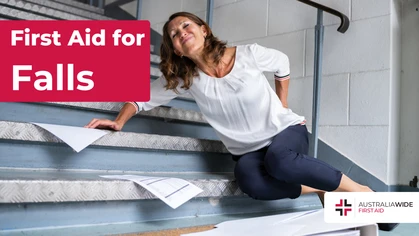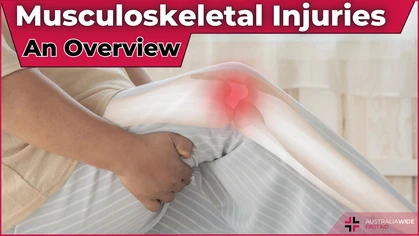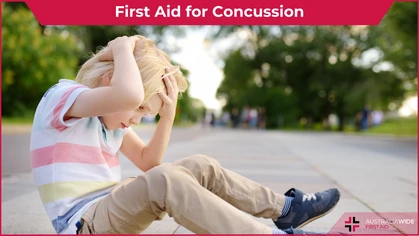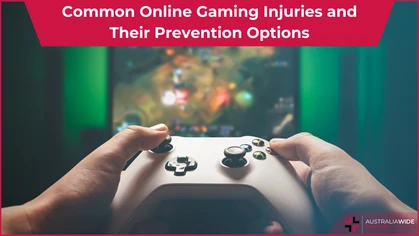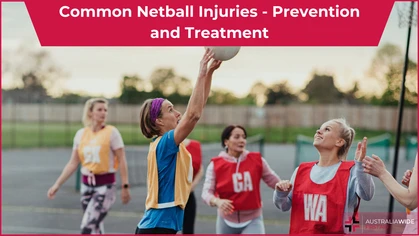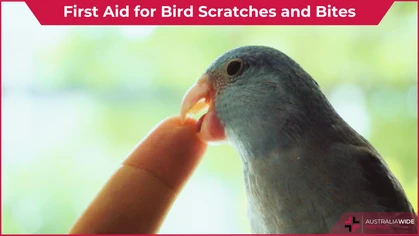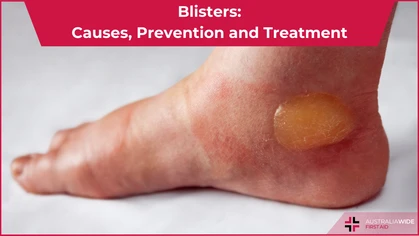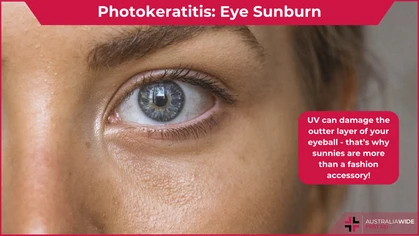RICER First Aid for Soft Tissue Injuries

Injury
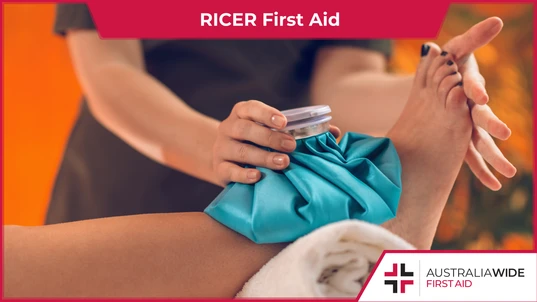
RICER refers to the immediate first aid treatment for soft tissue injuries. Soft tissue injuries involve tissues that connect, support, or move other structures of the body. RICER aims to reduce pain and promote healing.
The RICER protocol is the immediate first aid treatment for soft tissue injuries. Like other first aid principles, it aims to reduce pain and promote healing. In this article, we cover the RICER protocol and other key information for the treatment of soft tissue injuries. We also cover soft tissue injuries in our first aid courses: We have training locations in every state, capital city, and major town throughout Australia. Head to our website to enrol at a location near you.Soft tissue injuries
Soft tissue injuries are injuries to tissues that connect, support, or surround other structures and organs of the body (according to Sports Medicine Australia). Soft tissues include:- Muscle - A collection of fibres that contracts and expands to produce movement
- Tendon - fibrous tissue that connects muscles to bones
- Ligament - fibrous tissue that connects bones to one another
- Acute injuries are those caused by a sudden trauma, such as a fall, twist, or blow to the body (according to OrthoInfo). Signs and symptoms of acute injuries tend to develop rapidly
- Overuse injuries are those caused by repetitive demand over a period of time, such that the body is unable to heal between occurrences
Sprain
A sprain occurs when a joint is forced beyond its normal range of motion, and the ligament supporting it is subsequently overstretched or torn. Common sites for sprains include the knee, ankle, and wrist. Symptoms include:- Sudden pain in the joint
- Loss of power and ability to bear weight
- Substantial swelling and bruising
- Site becomes tender and painful to touch
Strain
A strain occurs when a muscle is overstretched or contracts too quickly, which causes the muscle and/or surrounding tendons to partially or completely tear. Common sites for strains include the elbow, the lower back, and the back of the leg. Symptoms include:- Pain, increasing on movement
- An audible 'pop' may be heard if the tendon parts from the bone
- May have a discernible deformity to the muscle area
- Tenderness, discomfort when bearing weight
Contusion
A contusion (bruise) occurs when a direct force is applied to the body and causes compression and bleeding in the underlying soft tissue without breaking the skin. Symptoms include discolouration of the skin (due to the bleeding) and swelling.
Ankle sprains, like the one pictured above, commonly occur when walking or exercising on an uneven surface, or after landing awkwardly from a jump.
RICER protocol
Soft tissue injuries should be treated with the RICER protocol, which stands for rest, ice, compression, elevation, and referral. These factors can reduce pain and promote recovery:- Rest: Rest the injured area immediately to reduce internal bleeding and swelling and to prevent the injury from becoming worse
- Ice: Ice the injured area to help limit inflammation and reduce pain and swelling*
- Compression: Wrap the injured area firmly with a compression bandage to help limit swelling. Take care to overlap each layer by half
- Elevation: Elevate the injured area above the heart to reduce blood flow and swelling
- Referral: If the injury is severe, call 000 - otherwise, refer the casualty to a medical professional so the extent of the soft tissue damage can be assessed
HARM protocol
The HARM protocol refers to factors you should avoid within the first 48 - 72 hours of sustaining a soft tissue injury. These factors can increase circulation to the injured area and minimise healing and recovery:- Heat: Applying heat in the form of a hot bath, heat pack, or heat rub can cause blood vessels to dilate and so increase the flow of blood to the injured area
- Alcohol: Like heat, alcohol can promote blood flow and mask the severity of the injury
- Running/exercise: Strenuous physical activity can also promote blood flow and aggravate the existing damage
- Massage: Like running, massage can promote blood flow and irritate the injured tissue
Final thoughts
To learn more about treating soft tissue injuries with the RICER protocol, enrol in one of our first aid courses: We have training locations in every state, capital city, and major town throughout Australia. Head to our website to enrol at a location near you.
Originally published at
https://www.australiawidefirstaid.com.au/resources/ricer-first-aid
as part of the Australia Wide First Aid Articles Library
